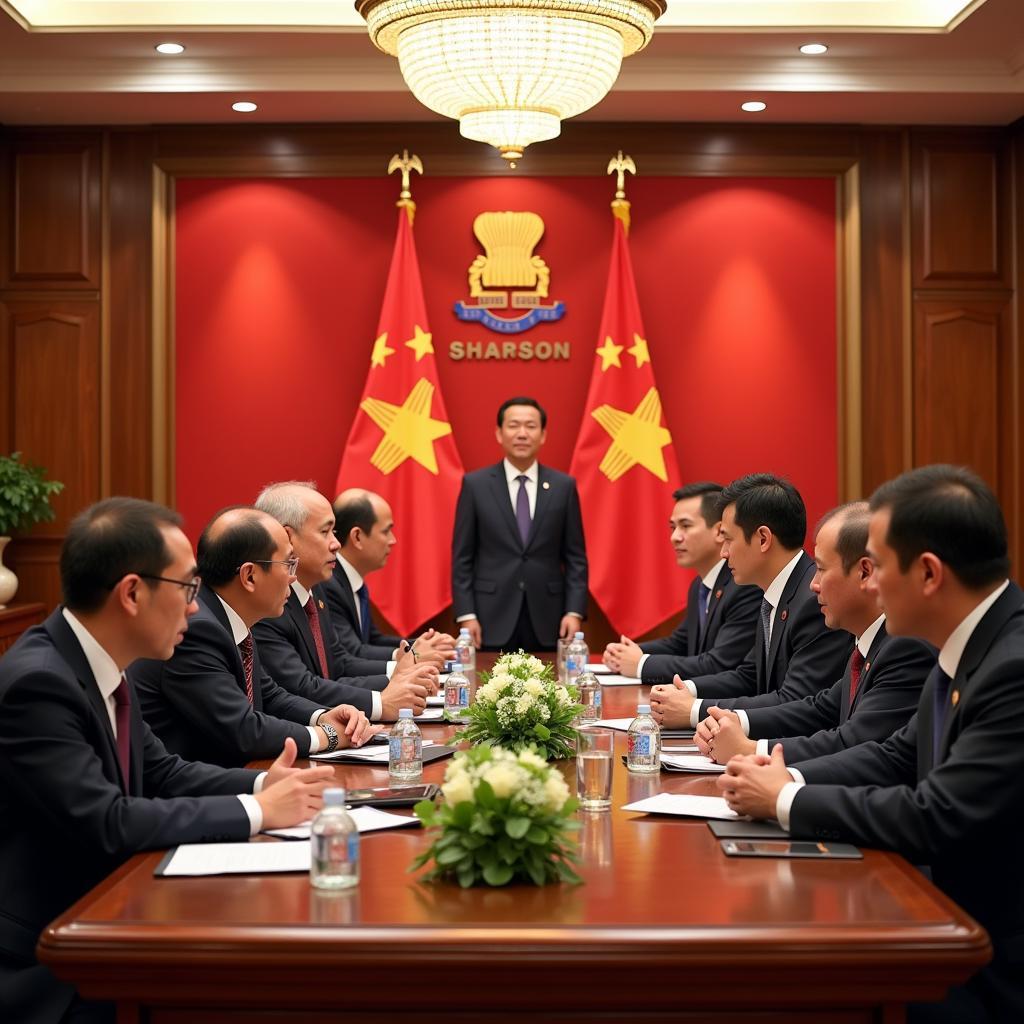The Association of Southeast Asian Nations, more commonly known as ASEAN, represents a dynamic region teeming with diverse cultures, rich histories, and a shared vision for the future. But what truly defines ASEAN, and how does this unique bloc of nations navigate the complexities of unity amidst such incredible diversity?
A Fusion of Cultures: Embracing Diversity as a Strength
One of the most captivating aspects of ASEAN is its incredible cultural tapestry. From the ancient temples of Angkor Wat in Cambodia to the bustling streets of Bangkok, each nation contributes its own unique threads to the vibrant fabric of Southeast Asia. This diversity is not seen as a dividing factor, but rather a source of strength and shared heritage. ASEAN encourages cultural exchange programs, language learning initiatives, and celebrates its diverse artistic expressions through events like the ASEAN Cultural Week.
Economic Powerhouse: Towards a Unified Market
Beyond its cultural significance, ASEAN is also a major player in the global economy. The region boasts a young and growing population, abundant natural resources, and a strategic location at the heart of Asia’s trade routes. The ASEAN Economic Community (AEC) is a testament to the bloc’s commitment to economic integration, aiming to establish a single market and production base that promotes free trade, facilitates investment, and enhances competitiveness on the world stage.
 ASEAN Economic Summit
ASEAN Economic Summit
Navigating Challenges, Forging a Common Path
Despite its strengths, ASEAN also faces significant challenges. Disparities in economic development, territorial disputes, and the rise of non-traditional security threats like climate change and pandemics require collaborative solutions. ASEAN has established mechanisms like the ASEAN Regional Forum (ARF) and the ASEAN Defence Ministers’ Meeting Plus (ADMM-Plus) to address these challenges through dialogue, cooperation, and confidence-building measures.
ASEAN’s Global Vision: A Partner for Peace and Prosperity
ASEAN’s role extends beyond its geographical boundaries. The bloc actively engages with dialogue partners around the world, advocating for multilateralism, free trade, and a rules-based international order. Through initiatives like the ASEAN Outlook on the Indo-Pacific, the region aims to be a proactive force in shaping a peaceful, stable, and prosperous future for the wider Asia-Pacific region.
ASEAN: A Region on the Rise
In conclusion, ASEAN is a region defined by its dynamism, resilience, and unwavering commitment to progress. While challenges remain, ASEAN’s collective spirit and shared vision offer a beacon of hope for a more interconnected and prosperous future for Southeast Asia and the world.
Frequently Asked Questions about ASEAN
What does ASEAN stand for?
ASEAN stands for the Association of Southeast Asian Nations.
How many countries are in ASEAN?
There are 10 member states in ASEAN: Brunei, Cambodia, Indonesia, Laos, Malaysia, Myanmar, the Philippines, Singapore, Thailand, and Vietnam.
What is ASEAN’s main goal?
ASEAN’s primary goal is to promote regional peace and stability, accelerate economic growth, foster social progress, and enhance cultural cooperation among its member states.
What are some of ASEAN’s achievements?
ASEAN has played a crucial role in maintaining peace and stability in Southeast Asia, establishing a free trade area, and promoting regional integration in various sectors, including trade, investment, and tourism.
How can I learn more about ASEAN?
You can find a wealth of information about ASEAN on the official ASEAN website, reputable news sources, and academic journals specializing in Southeast Asian affairs.
Need More Information?
For further assistance regarding ASEAN, please don’t hesitate to contact us:
Phone Number: 0369020373
Email: [email protected]
Address: Thon Ngoc Lien, Hiep Hoa, Bac Giang, Vietnam.
Our dedicated customer support team is available 24/7 to answer your queries.
